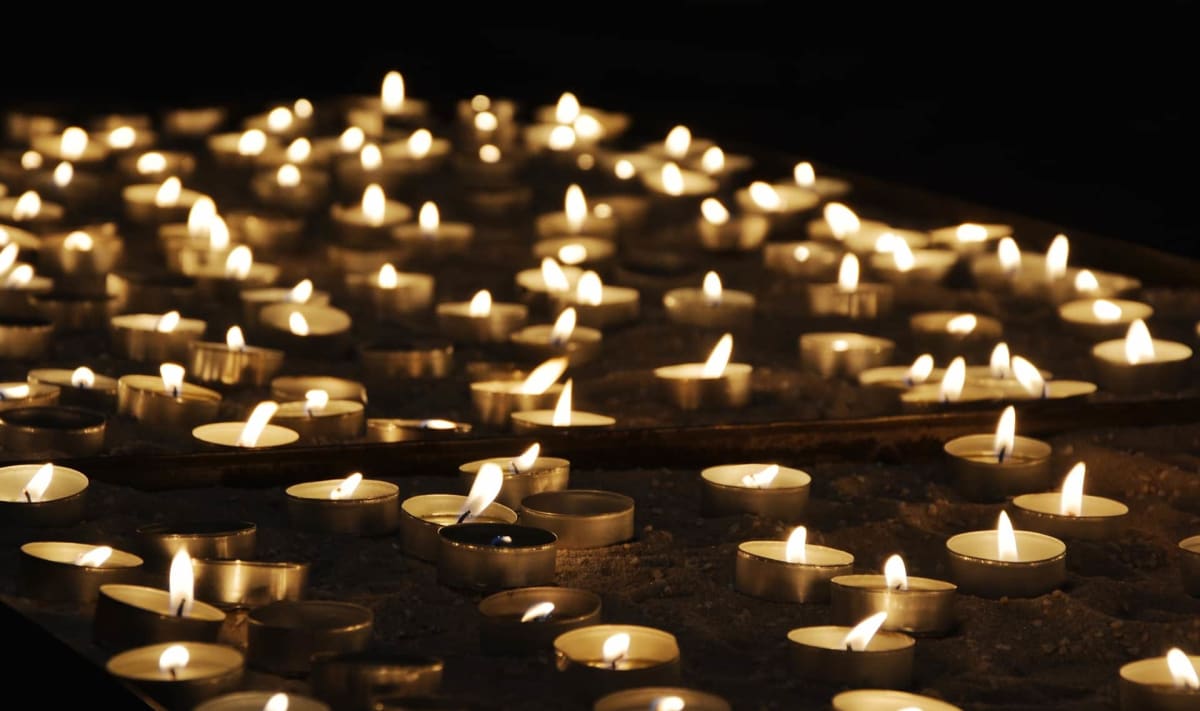
2016 was a year that took many of our favourite celebrities and widely respected figures. From global musical sensations to iconic comedians, from stellar actors to sportspeople who dominated their fields, we must all have felt a pang of sadness at the loss of one or more of 2016’s dearly departed.

Living as we do in the age of social media, we can examine exactly how collective grief is expressed in a public arena as a response to the loss of such cherished figures.
To this end, we scraped 20 million mentions from Twitter, news sites, blogs and forums. These were any mentions of 26 celebrities over the two weeks following their deaths.
From this data, we discovered consistent patterns in how we grieve online. Interestingly, these are not so different to how we would express grief offline.
What’s clear is that as life increasingly takes place in the digital space, the very human ritual of grief remains an inexorable part of our human psyche.
We welcome any questions regarding our data and our methodology. Raw data and detailed analyses are available on request from [email protected]
The 26 celebrities we analysed
- Prince – 4,555,229 mentions

- Muhammad Ali – 2,377,193 mentions
- David Bowie – 2,352,750 mentions
- Alan Rickman – 2,226,305 mentions
- Carrie Fisher – 2,168,968 mentions
- Fidel Castro – 1,159,986 mentions
- George Michael – 953,878 mentions
- Debbie Reynolds – 940,333 mentions
- Gene Wilder – 623,750 mentions
- Johan Cruyff – 504,968 mentions
- Arnold Palmer – 443,371 mentions
- Leonard Cohen – 355,794 mentions
- Terry Wogan – 279,869 mentions
- Garry Shandling – 124,809 mentions
- Ronnie Corbett – 109,713 mentions
- Zsa Zsa Gabor – 103,600 mentions
- Victoria Wood – 98,314 mentions
- Caroline Aherne – 82,507 mentions
- Pete Burns – 76,766 mentions
- David Gest – 71,207 mentions
- Rick Parfitt – 60,104 mentions
- Andrew Sachs – 50,904 mentions
- Paul Daniels – 40,351 mentions
- Liz Smith – 30,098 mentions
- AA Gill – 19,566 mentions
- Howard Marks – 17,114 mentions
Key findings
- The top 10 most-mourned celebrities that we analysed accounted for over 90% of all mentions.

- 96% of all content that we analysed appeared on Twitter. This is as expected given the viral nature of the platform. Twitter is built around short updates which are retweeted, thus generating a greater quantity of mentions. Twitter also has more active users when compared with people who write news and blog articles, repost them and comment in forums.
- In most cases the peak day for mournful content was on the day of death. This was more apparent on Twitter than on blogs, which take more time to compose than a 140 character tweet. This is especially evident in the case of George Michael, who passed away on Christmas Day. The peak for Twitter content was December 25th, whereas for blog content the peak day the following day, December 26th.
- Where a figure was divisive the peak day for mournful content can shift by a day as Twitter becomes more of a conversational platform, with people debating the extent to which they should be mourned. This was especially evident in the case of Fidel Castro; whose death became politicised and subsumed into conversations around the US Presidential election.
- The country that mourns digitally the most is the USA, accounting for over 50% of all mentions. This is perhaps unsurprising, given it has the most active Twitter users of any country in the world.
- Men produced more mournful content than women, with 2 million more blogs and tweets. This was especially so for sportsmen and politicians, with Muhammad Ali, Fidel Castro, Johan Cruyff and Arnold Palmer having a male skew in the hundreds of thousands.
Compare local, independent funeral director costs in your area with Beyond.

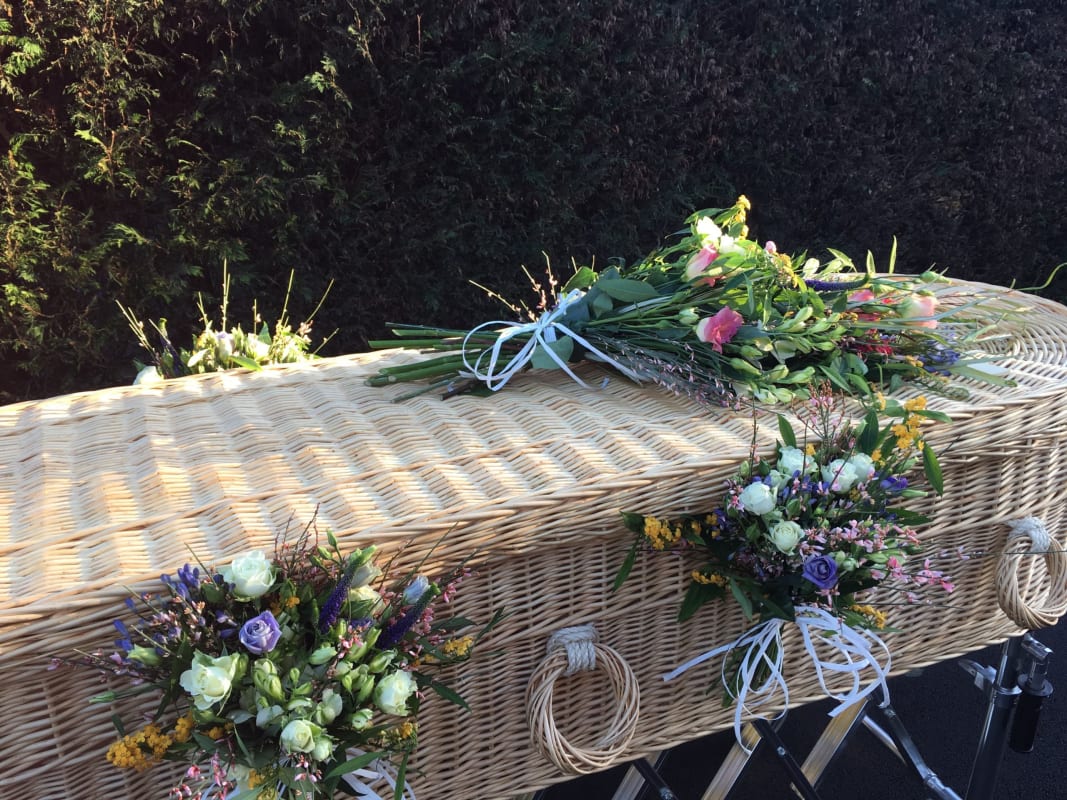


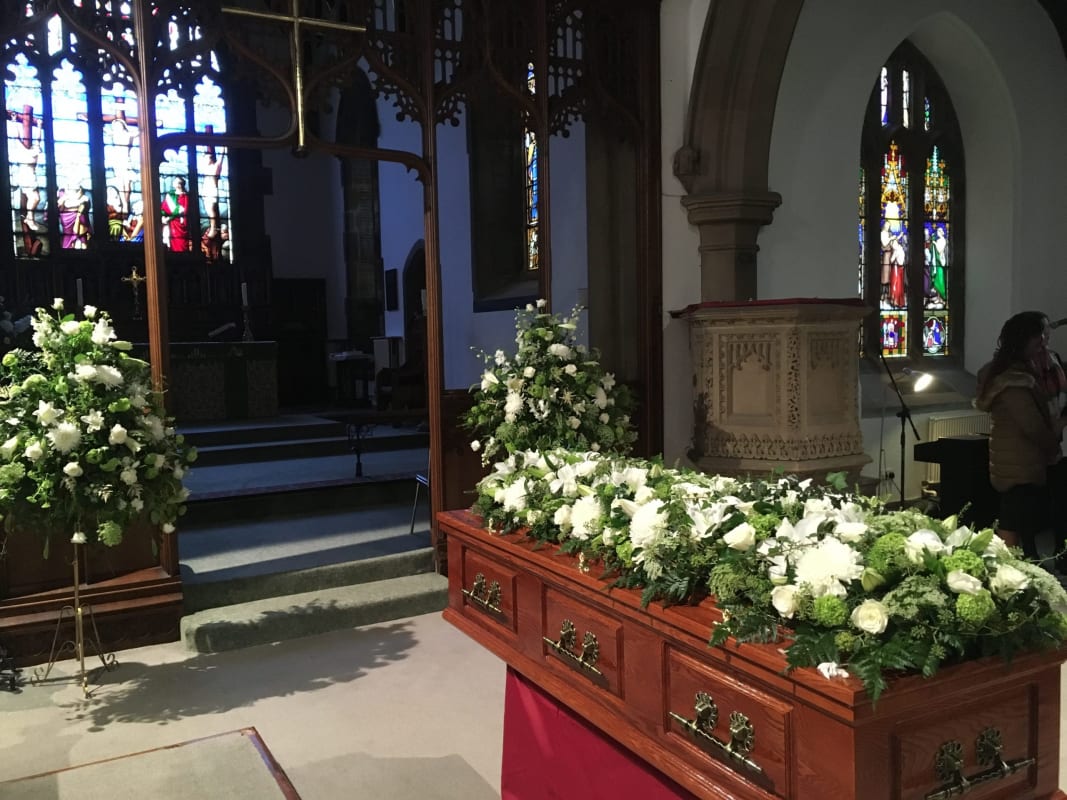


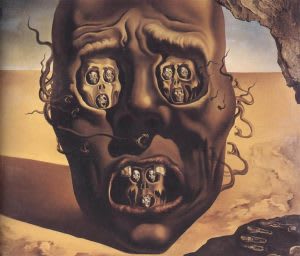



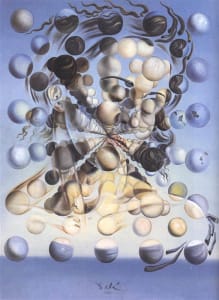
I’m now not certain where you’re getting your information, however great topic. I must spend some time studying more or understanding more. Thanks for great information I was on the lookout for this info for my mission.
It’s very interesting indeed – feel free to get in touch if you’d like more detail.